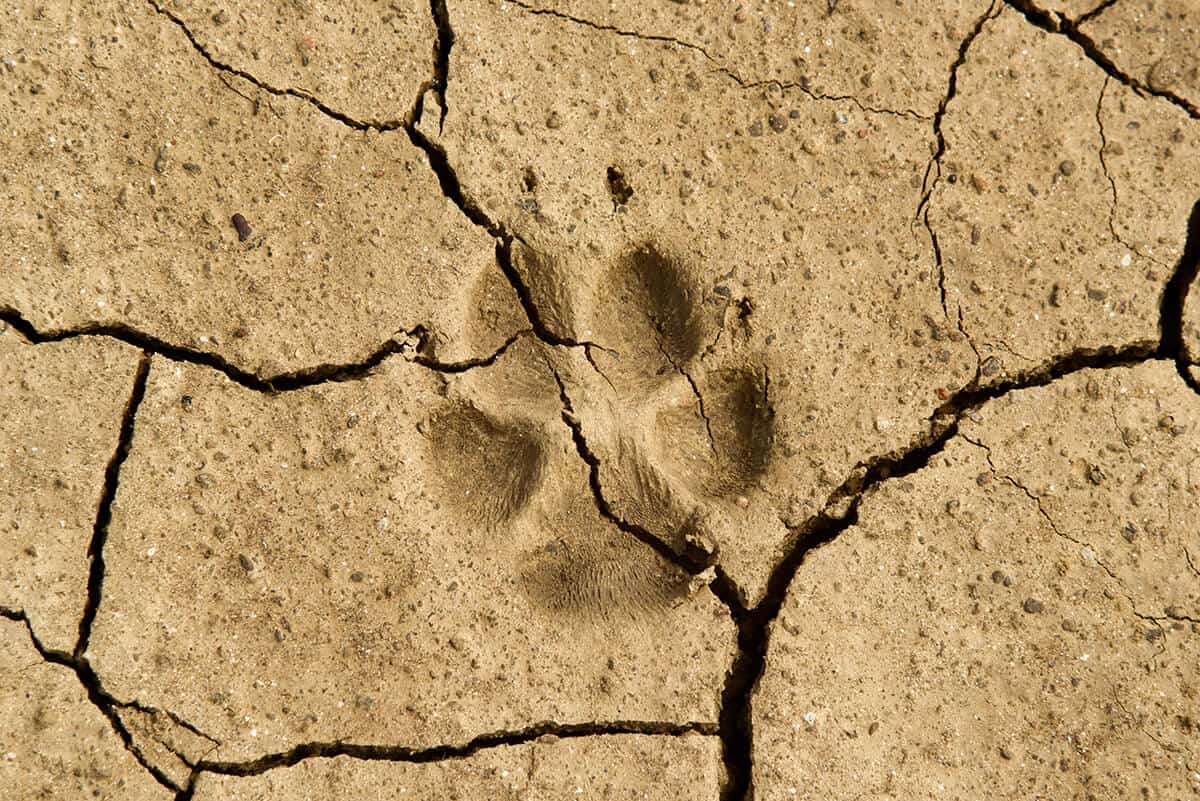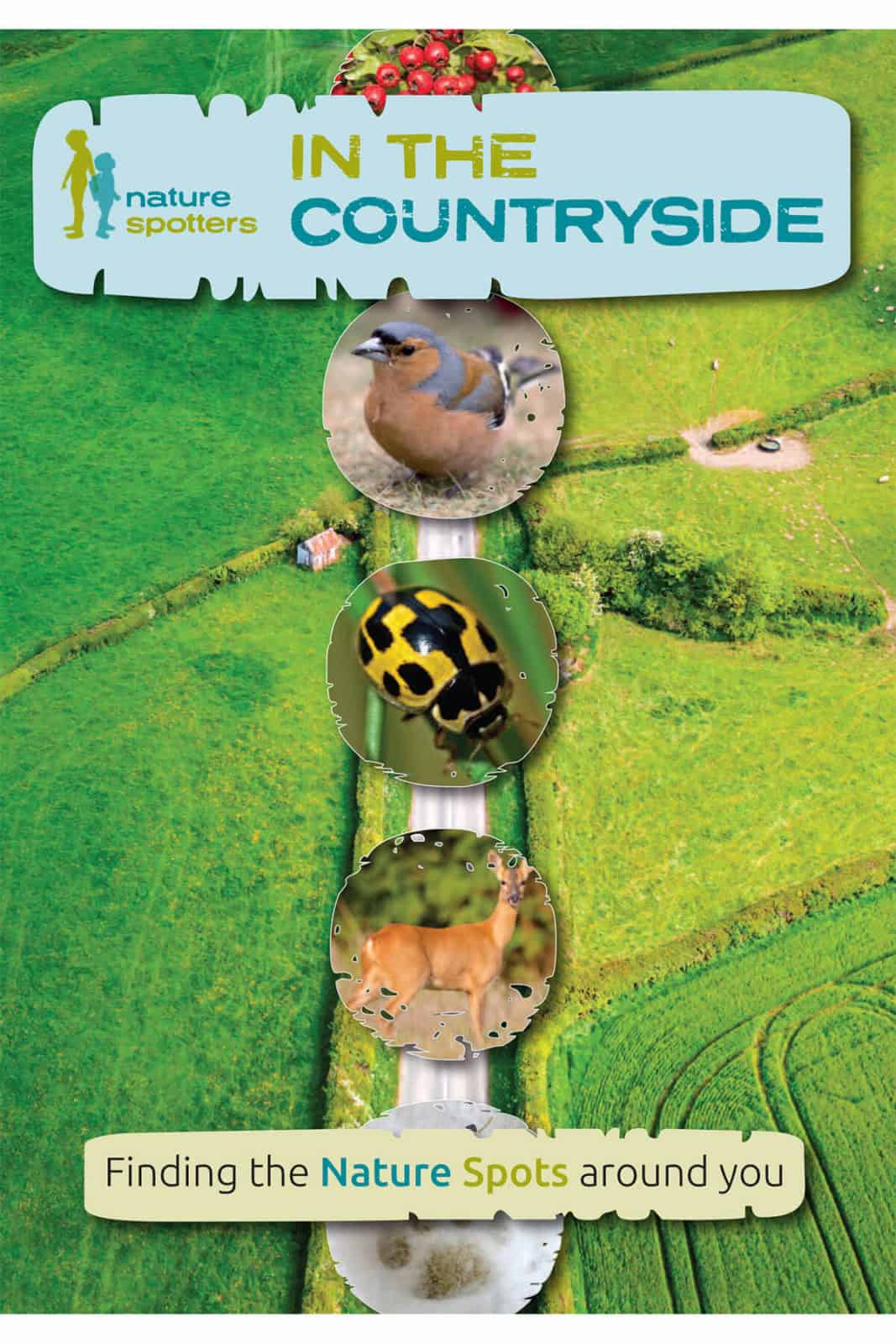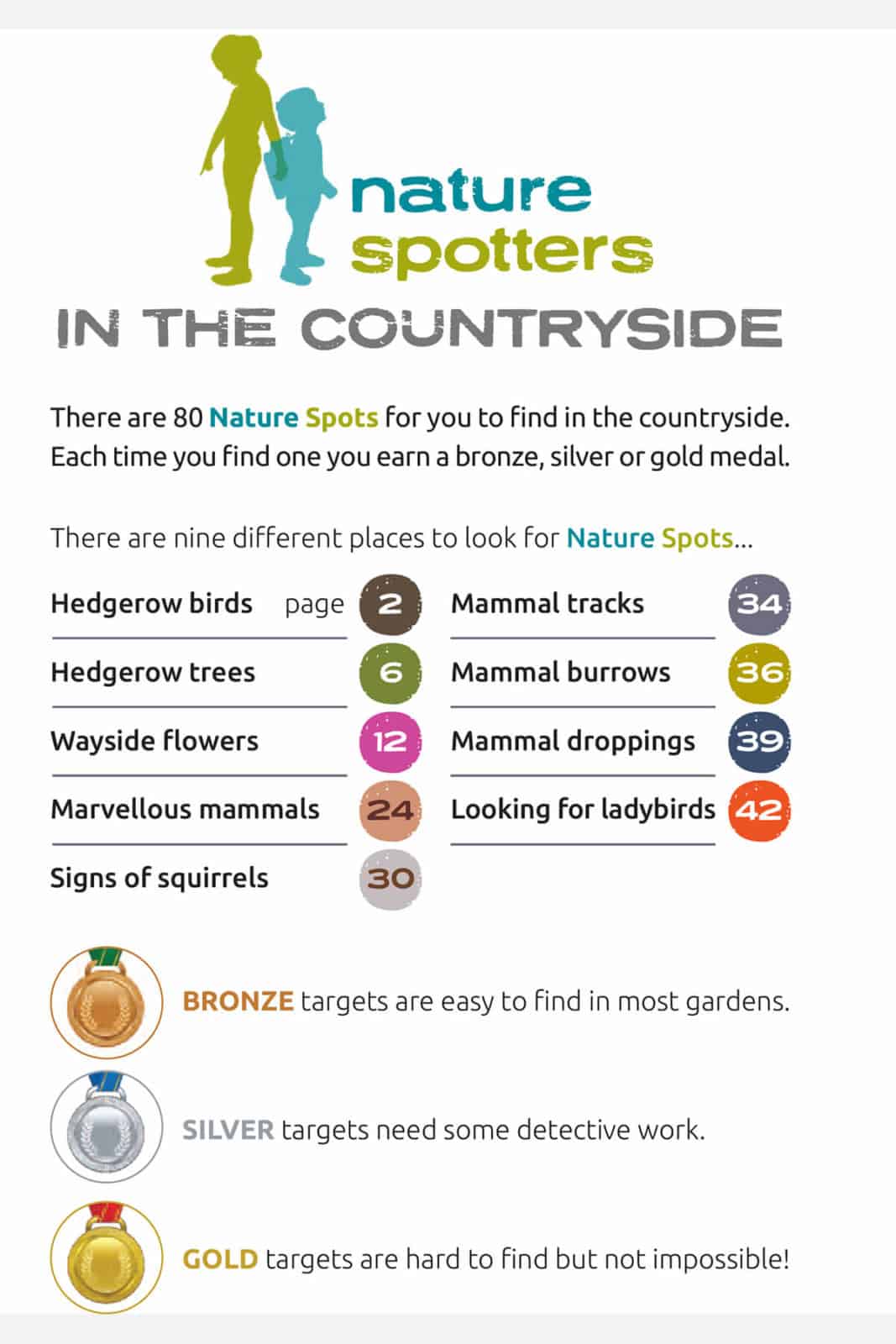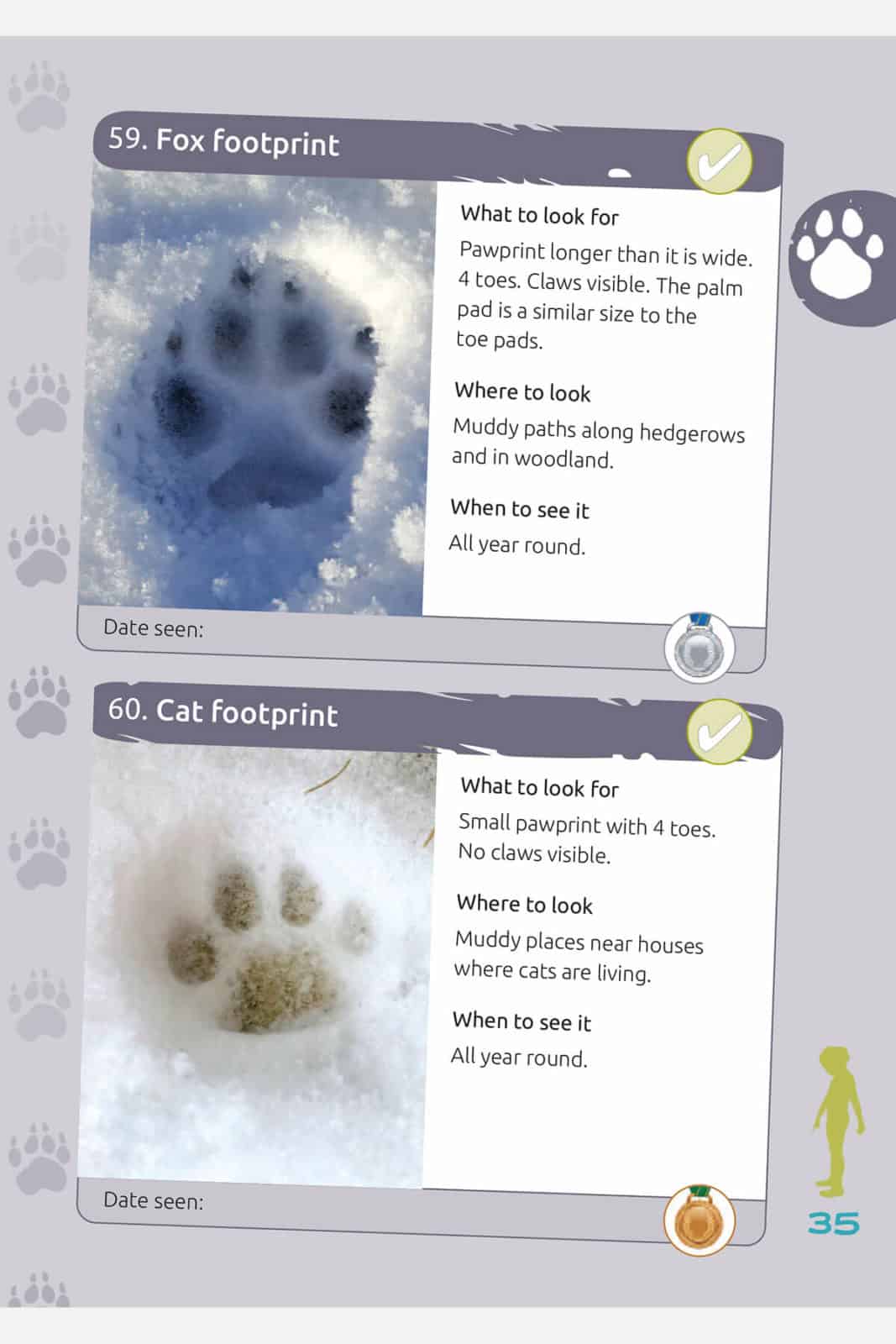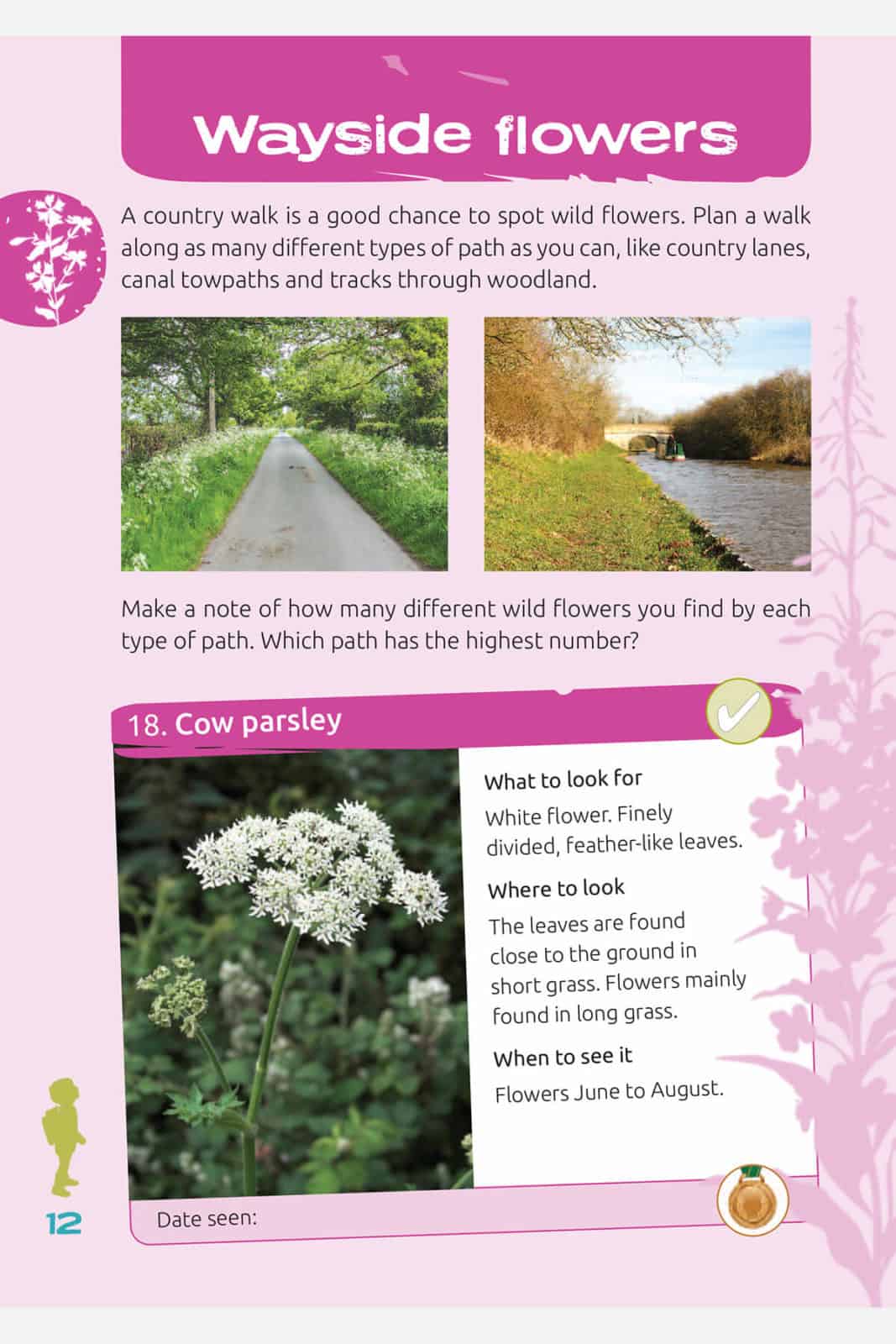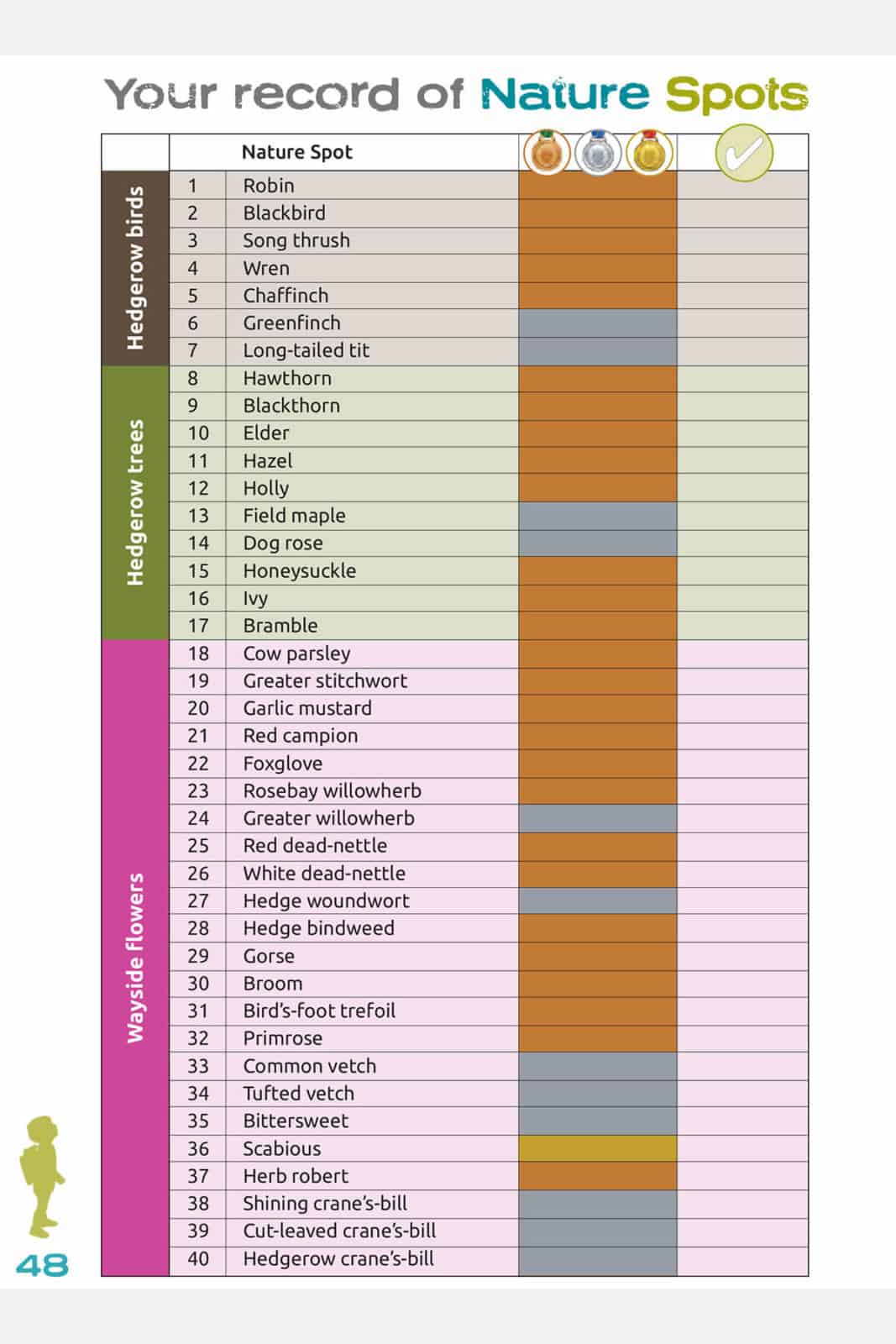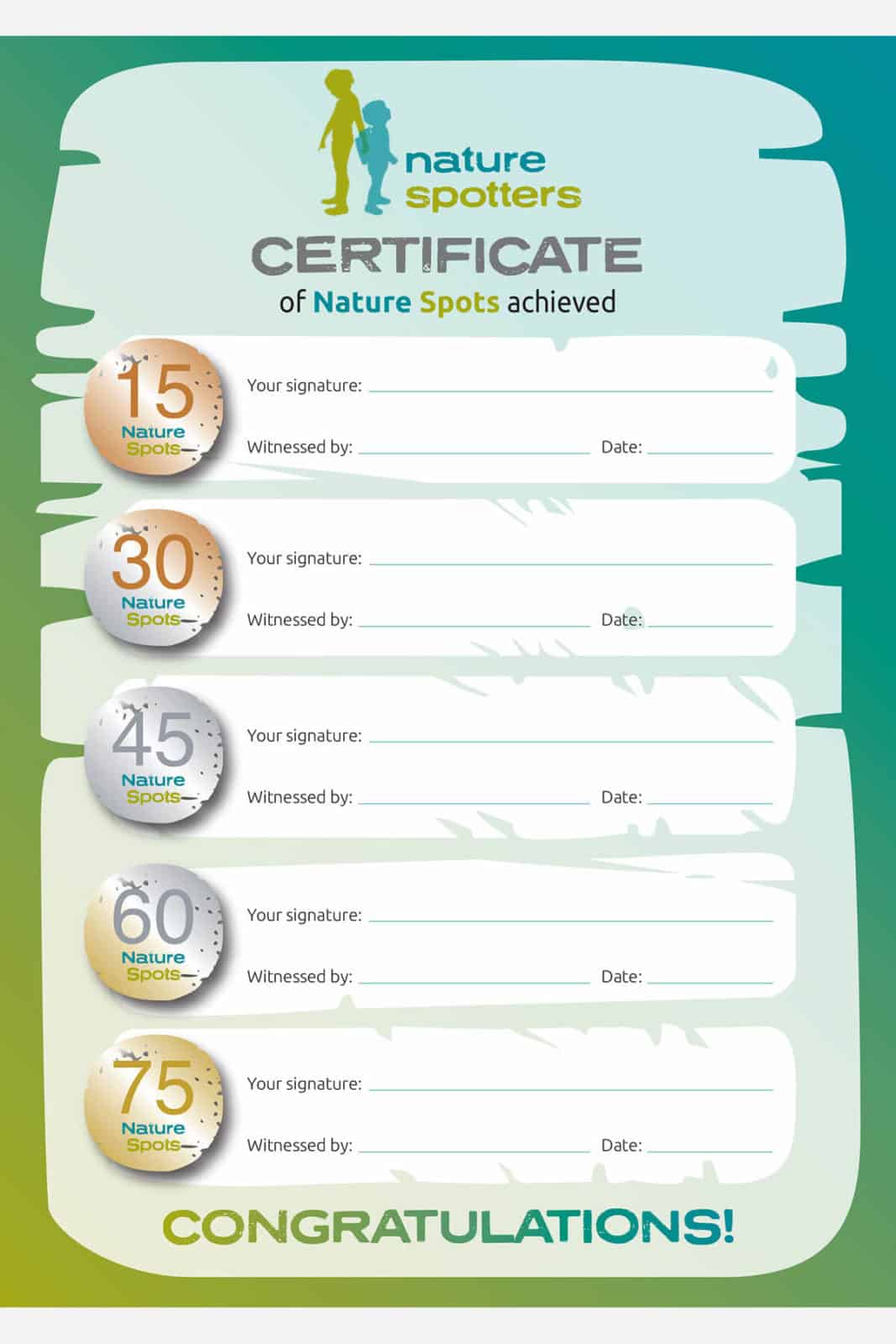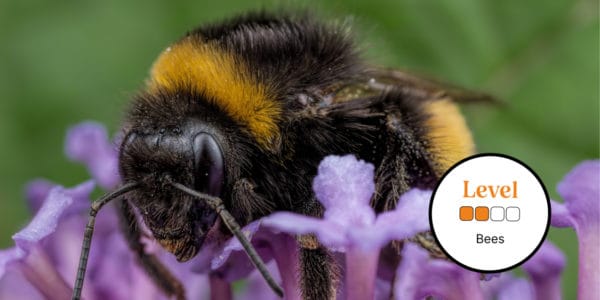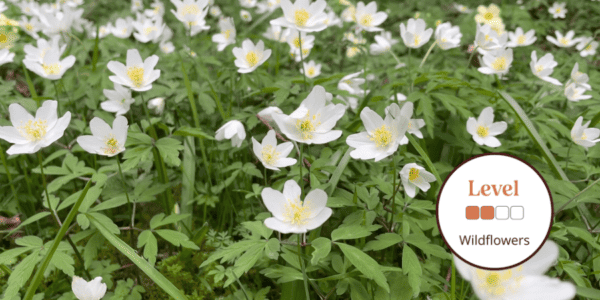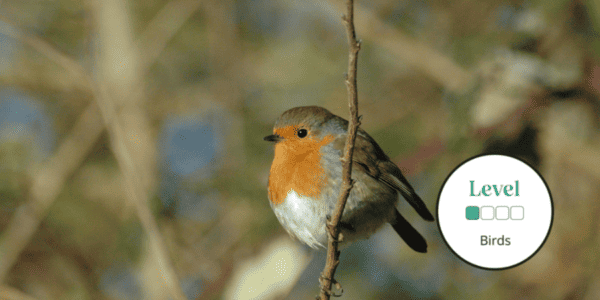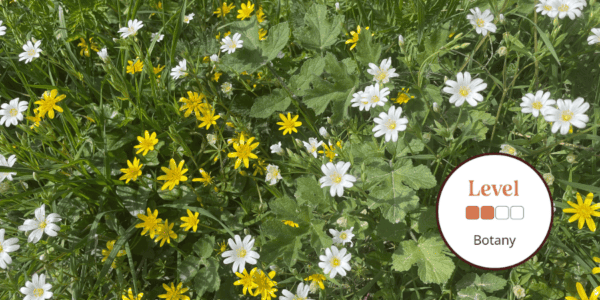Nature spotters in the countryside
Head out into the countryside and explore the fields, hedgerows and waysides. Can you find all 80 Nature Spots?
Our Children’s Nature Spotting Paperback book will help identify your finds in the countrysides, and provides a handy recording sheet to note down and tick off each one as they are spotted!
From ladybirds and squirrels to wild flowers and animal tracks, each one will win you a bronze, silver or gold medal. There are Nature Spots to see all year round, even in the winter. How many will you find? There are 10 different places to look…
- Hedgerow birds – You don’t need any special equipment to spot these birds. The best hedges for birds have plenty of cover, so are tall and bushy.
- Hedgerow trees – A hedge is a line of woody plants that has been shaped into a living fence. You can spot hedgerow trees and shrubs all year round. The leaves, flowers, twigs, buds, berries and nuts are all useful clues.
- Wayside flowers – A country walk is a good chance to spot wild flowers. Try walking along as many different paths as you can , like country lanes, canal towpaths and tracks through woodland.
- Marvellous mammals – There are over 5000 mammal species in the world, but only about 60 live in the wild in Britain, and only around 30 in Ireland. Early morning and late evening are good times of day for hunting.
- Signs of squirrels – Grey squirrels are found throughout Britain and Ireland. But even if you can’t see them, they leave lots of signs including nests, stripped pine cones and shattered nuts.
- Mammal tracks – Time for some real detective work! Tracking animal footprints is exciting. Try looking in mud or fresh snow.
- Mammal burrows – Many mammals build a refuge for the winter or for raising young. The size and shape of the entrance hole provide important clues.
- Mammal droppings – You can tell a lot about an animal about the size, shape and smell of its droppings.
- Looking for ladybirds – There are 26 species of ladybirds in Britain and Ireland. Here are 7 of the commonest.

